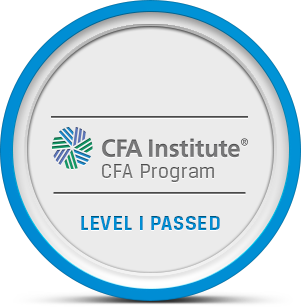
Chartered Financial Analyst Level 1
Get started today
Ultimate access to all questions.
Comments
Loading comments...

Ultimate access to all questions.
An investor purchases 1,000 shares of a non-dividend paying stock on margin and sells them after one year. Given the following details:
A
-45%.
B
-40%.
C
-23%.